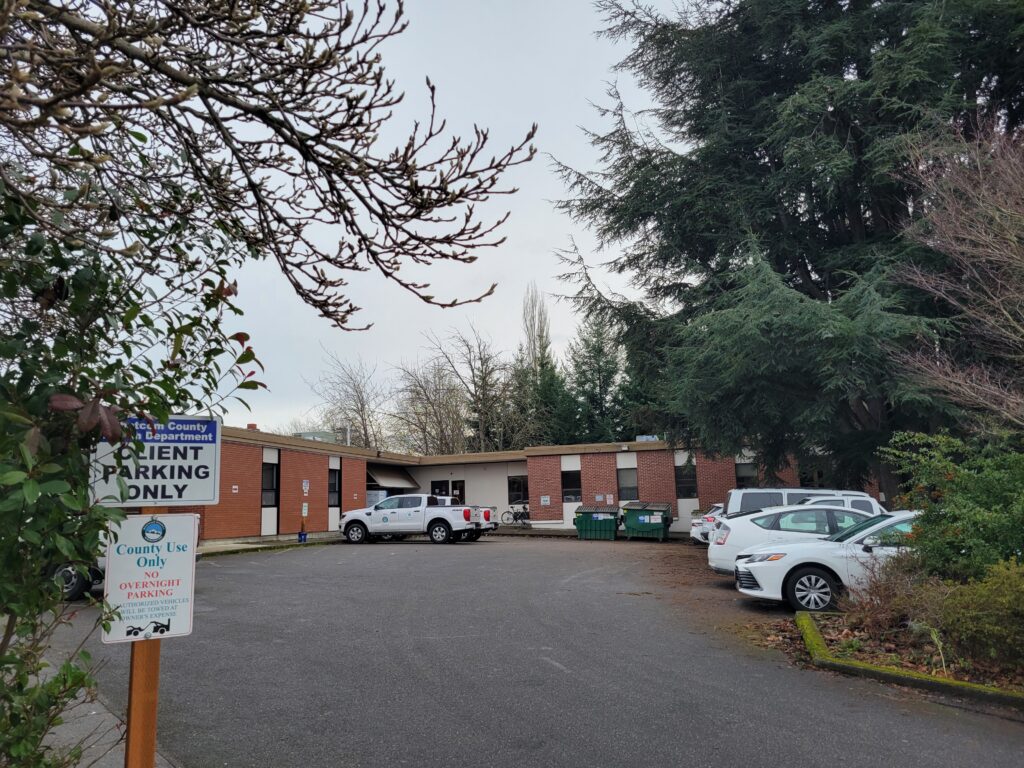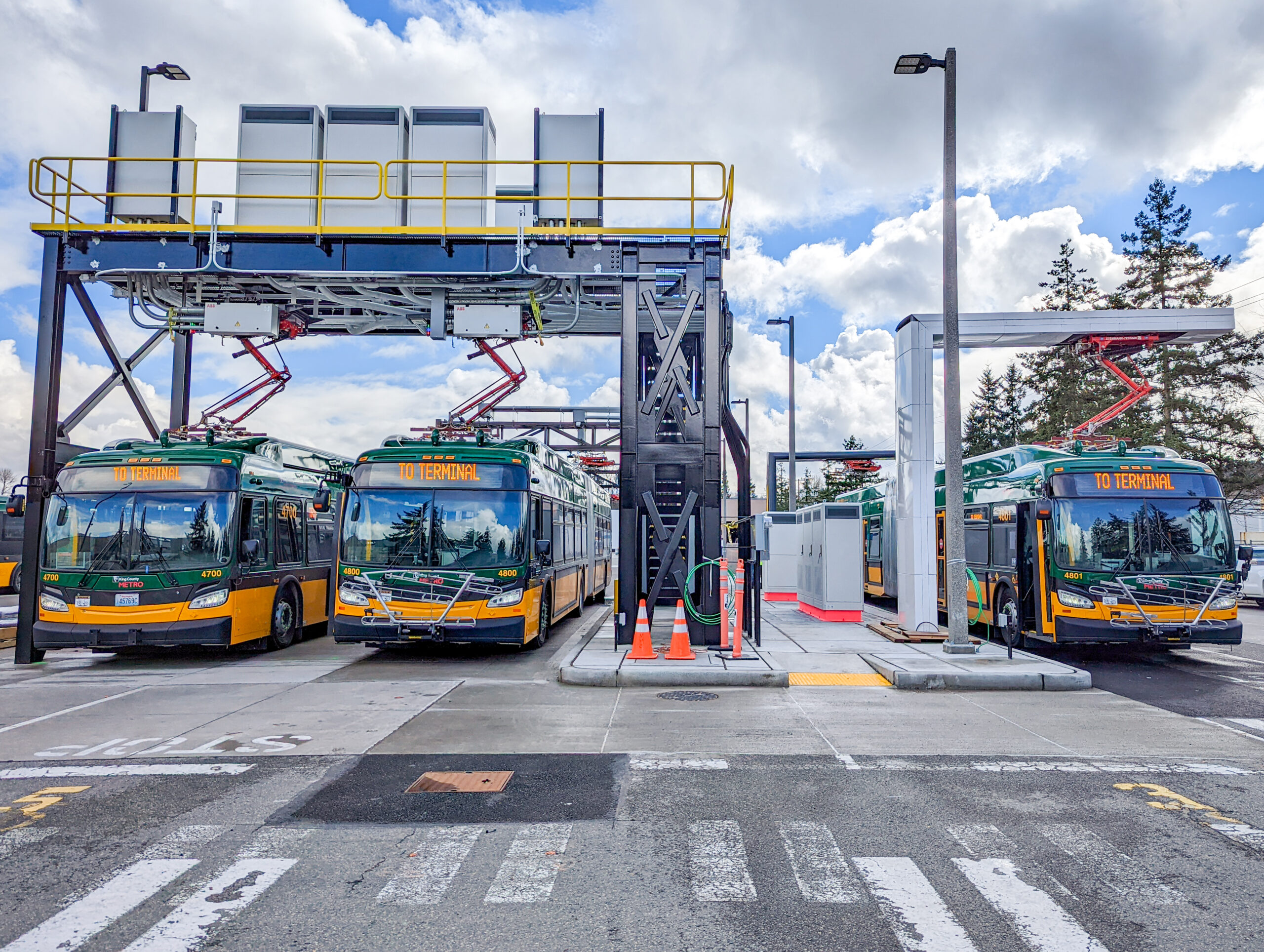How Whatcom County is building a cleaner, more equitable future with EV infrastructure
Innovative EV feasibility study prepares the community for success in the changing EV landscape in the Pacific Northwest
Situated in the northernmost corner of Washington state, Whatcom County is characterized by its beautiful scenery including gorgeous waterways, North Cascades National Park and the famous Mt. Baker. The county has a rich cultural heritage with roots in coal mining, timber, agriculture and salmon canneries. Whatcom County adopted a Climate Action Plan (CAP) in 2021 targeting 85% emissions reductions related to county operations by 2030.
Updated every five years, the CAP addresses the built and natural environments in Whatcom County and prioritizes reducing greenhouse gas emissions (GHG), improving ecosystem health and increasing the county’s climate resilience. The county set an ambitious goal: reduce transportation-related GHG emissions 45% below 1990 levels by 2030, including eliminating fossil fuels from county government transportation operations where technology permits, while ensuring climate-resilient transportation systems. The county’s emissions goals are further bolstered by state legislation, with state-wide targets to adopt zero emission vehicle standards with a ramp up phase to begin in 2025.
To take clean transportation from a goal on paper to implementation, the county partnered with McKinstry and MAKERS in 2024 to develop an internal county operation electric vehicle (EV) and charging infrastructure feasibility study. Aided by national Minority, Women and Disadvantaged Business Enterprise (MWDBE) MAKERS, McKinstry’s feasibility study included a detailed assessment of four county properties and 162 fleet vehicles.

The county’s EV and charging infrastructure feasibility study engaged many of McKinstry’s offerings from site condition assessments, software and hardware technology analysis, and funding strategy including application of the federally funded Inflation Reduction Act (IRA). Considering once-in-a-generation funding for renewable energy made possible by the IRA, investment in electric vehicle incentives has never been more fiscally advantageous for local government entities.
Working collaboratively with the county, McKinstry developed a cost-effective approach to provide cost estimates for 114 EV chargers across four sites, prioritizing installation of systems on sites that are already slated for capital improvements or maintenance. Fleet electrification recommendations included robust cost comparisons for maintaining current fuel powered vehicles as well as full replacement of current fleet with various EV trucks, sedans and hybrid EVs.
Implementation of McKinstry’s recommendations, which is currently under review by County Council, could result in big wins for the county including $3.3M of fuel cost savings and an overall net reduction of $800k compared to continued use of fuel-powered vehicles, depending on available utility and federal incentives. The comprehensive feasibility study also offers Whatcom County a proactive and cost-effective roadmap to achieve Washington state’s electrification targets.
McKinstry is proud to partner with Whatcom County, an exemplar of purposeful community stewardship in the Pacific Northwest Puget Sound, demonstrating what is possible when municipalities work strategically to align county vision with efforts to combat the climate crisis while also improving resident and visitor experience.
Learn more about how McKinstry is supporting municipalities across the country to achieve their ambitious climate goals: Spark Innovation

Whatcom County, Washington

Government

Fleet Electrification Strategy
Engineering and Design
Explore other projects

How Whatcom County is building a cleaner, more equitable …
Innovative EV feasibility study prepares the community for success in the changing EV landscape in the Pacific Northwest

